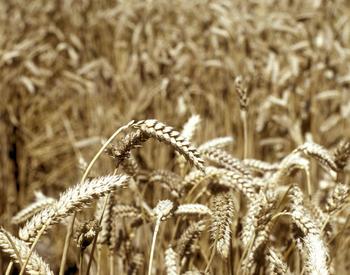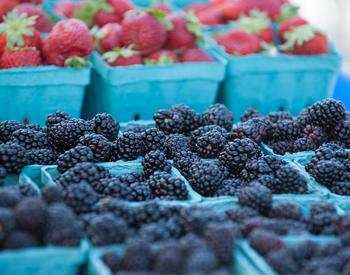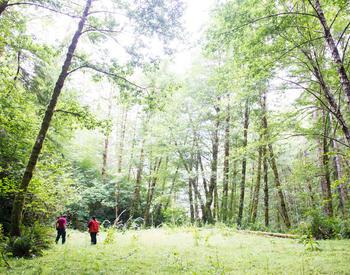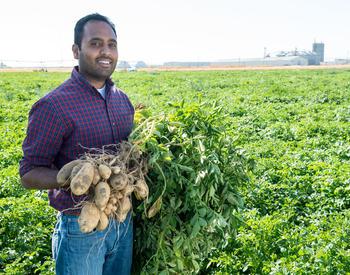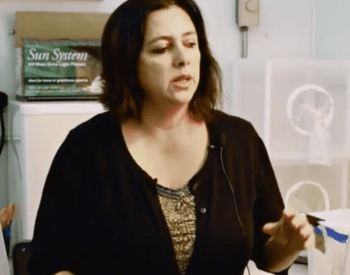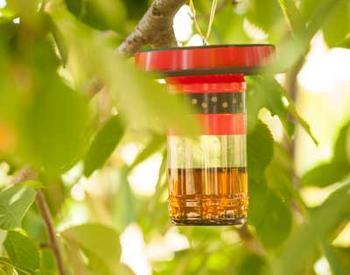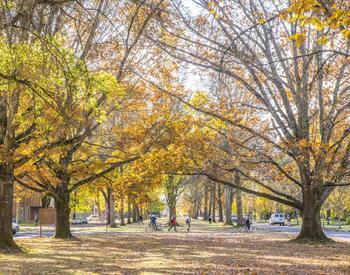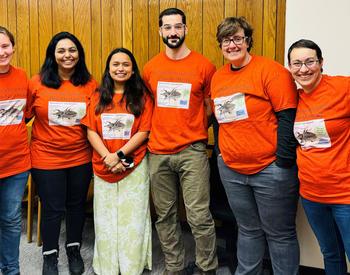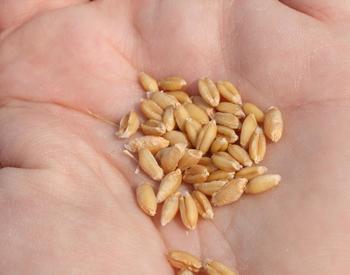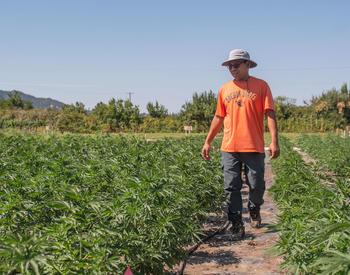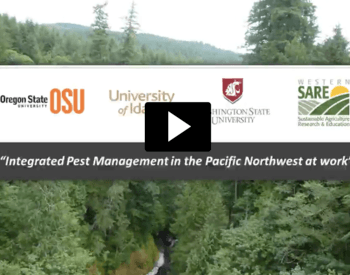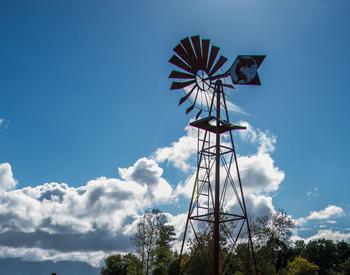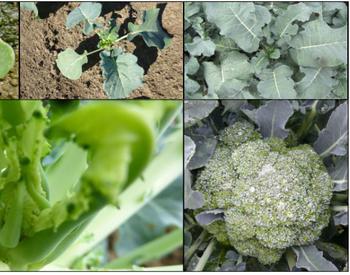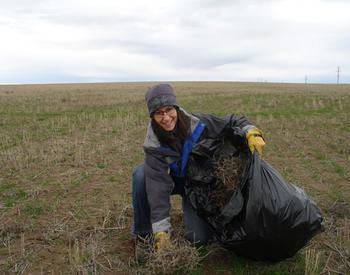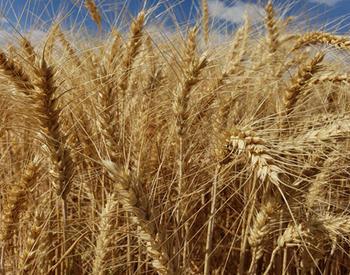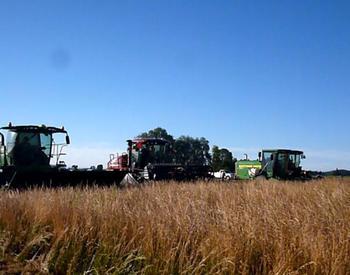More than 75% of the land in Western states is currently experiencing drought, and this water shortage will challenge producers of most crops, including hemp (figure 1).
An unusually wet May and June helped to slake the worst of drought conditions in Oregon, but nonetheless, about 66% of Oregon is currently classified in drought ranging from moderate to exceptional. While scientific studies of water use and irrigation management for hemp continue to be published, several general considerations can be helpful in planning a hemp crop that's resilient to water shortages.
Select fields that have good water-holding capacity and avoid fields with sandy or shallow soils when irrigation water is short. This year's market and price challenges have led many hemp growers to reduce acreage, and this yields an opportunity to be more selective about the fields in which you choose to plant.
Fields with finer-textured soils or higher soil organic matter will have a larger reservoir to store moisture either from winter precipitation or irrigation. If you do not have a long history of farming a parcel of land and are curious about its water-holding capacity, you can look up water-holding capacity and many other parameters of most soils in the U.S. using the NRCS Web Soil Survey. Contact your local OSU Extension office or soil and water conservation district if you need assistance.
Consider planting day-neutral or “autoflower” hemp rather than full-season varieties. Many growers currently prefer the full-season varieties of hemp as these seem to fit better into the commonly used system of transplanting starts.
However, autoflower varieties can be successfully grown, and they require less water to achieve a crop. Autoflower varieties are generally ripe to harvest around 75 days after planting, while full-season types require closer to 120 days.
This shorter season plus the smaller size of autoflower plants reduce their demand for water. Additionally, since autoflower varieties do not require the day-length cue in late August to commence flowering, they can be planted earlier in the year and harvested before peak water demand in late July and August.
While there is more work to be done to optimize autoflower production systems, they appear to be a water-wise choice for hemp producers to consider.
Work to maximize the size of your crop’s root system. When soils dry down from lack of irrigation or precipitation, having a large rooting zone can be an asset in fending off the worst of crop stress.
The more cubic inches of soil your crops’ roots can explore, the more opportunity to access any moisture present. Root binding and soil compaction are two culprits that reduce the volume of soil the crops’ roots can access.
Be careful in timing and executing your transplanting. Plants can become rootbound in the greenhouse, and that can have lingering impacts on the growth and drought-resilience of your crop for the entire season (figure 2). Aim to transplant just as roots reach the bottom of cells.
Also, consider your field preparation. Tools like rototillers can cause a “tillage pan” to form just below the depth stirred up by the implement. A tillage pan can significantly reduce your crop’s rooting depth causing stress when conditions get dry.
Also, remember that practices like reduced tillage, cover crops, and additions of organic amendments improve organic matter content, increase soil aggregation and ease soil penetration by roots. When water is short or when the weather is a challenge, healthy soil is your friend.
No one can control the weather, but we do have control over many of the practices employed in agriculture. However, a successful crop can be possible even when water is short. Consider the suggestions listed above, and be on the lookout for research results from OSU to help guide your decision-making around irrigation and growing a drought-resilient hemp crop.
